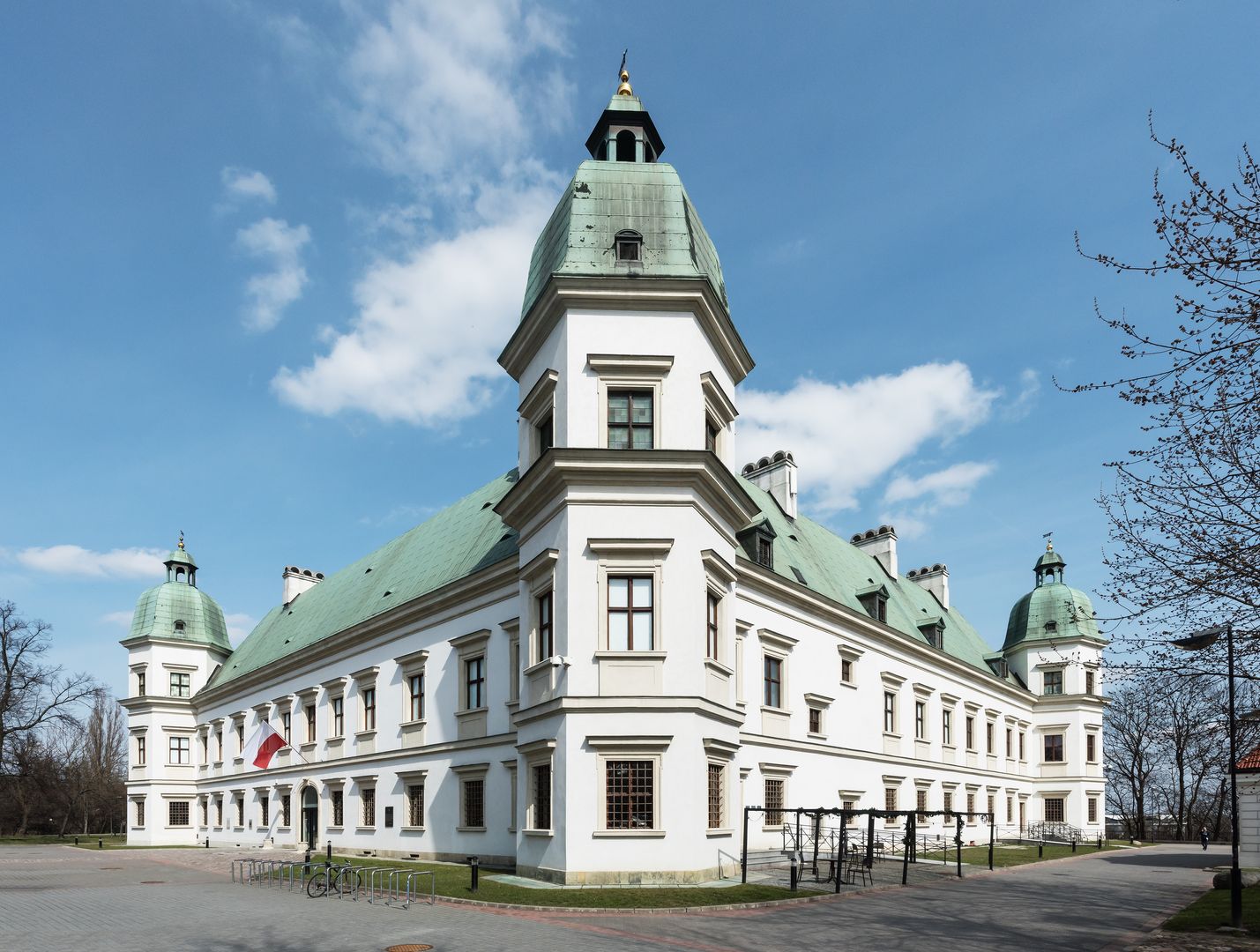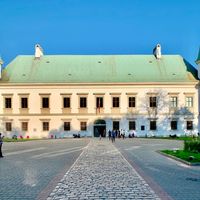Ujazdowski Castle in Warsaw
7.23

Overview
Ujazdowski Castle in Warsaw, located in the Śródmieście district on Ujazdów, is an important architectural and cultural landmark. Built on the site of an 11th-century settlement called Jazdów, which had been inhabited since the 13th century, the castle was constructed in 1624 on the orders of King Sigismund III Vasa. Its design, attributed to Matteo Castelli or Constantino Tencalla, is an example of early Baroque architecture, featuring an inner courtyard, wings, and hexagonal towers. Situated on an escarpment facing east, the castle served as a landmark for ships sailing on the Vistula River.
In the 17th century, after being plundered during the Swedish Deluge, the castle lost its status as a royal residence. In the latter half of the century, it passed into the hands of Stanisław Herakliusz Lubomirski and later became the property of King Stanisław August Poniatowski, who limited further construction work. In 1784, the castle was handed over to the city for military use, and in 1809, it was converted into a military hospital, which operated for many years, including as a specialized medical facility.
After World War II, the castle suffered significant damage. In 1954, its demolition began, and by 1962, only the cellars remained. In the 1970s, reconstruction of the castle commenced and was completed in 1985, when the building became the home of the Centre for Contemporary Art. Today, Ujazdowski Castle is a key cultural venue in Warsaw, hosting contemporary art exhibitions and a variety of artistic events. It is also worth noting that the castle gardens include Agrykola Park and the Piaseczyński Canal, which form part of the Stanisławowska Axis, highlighting its significance in the urban planning of the capital.
Location
Tickets
Powered by GetYourGuide
You can also find here:
2025 Wizytor | All Rights Reserved
